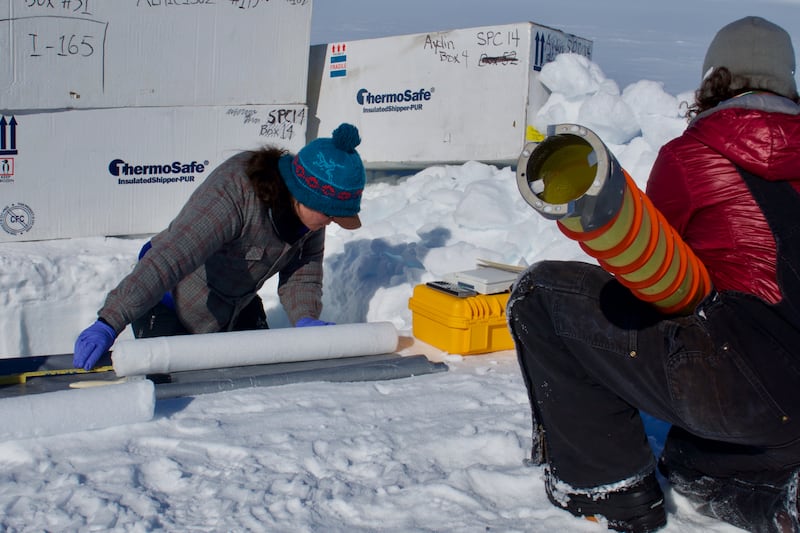A global agreement to regulate the use of chemicals depleting the ozone layer may have inadvertently allowed higher levels of other potentially harmful compounds in the environment, scientists have said.
Researchers have found these substances, known as short-chain perfluoroalkyl carboxylic acids (scPFCAs), have become more predominant after the 1987 Montreal Protocol came into force.
The agreement was designed to phase out ozone-depleting chemicals, such as chlorofluorocarbons, and the results of this international co-operation was observed in 2016 when scientists noticed the first signs of healing in the Antarctic ozone layer.
But the replacement compounds, thought to be a better alternative, have been found to be “extremely persistent” in the environment.
Cora Young, an assistant professor at York University’s Faculty of Science in Canada and one of the study authors, said: “Our results suggest that global regulation and replacement of other environmentally harmful chemicals contributed to the increase of these compounds in the Arctic, illustrating that regulations can have important unanticipated consequences.”
ScPFCAs are used in automotive, electrical and electronic applications as well in industrial processing and construction industries.
According to the researchers, these compounds have been found to accumulate in human blood through consumption of fruits, vegetables and drinking water.
ScPFCAs are part of a group of synthetic chemicals called perfluoroalkyl substances (PFAS), which are also known as “forever chemicals” because they are hard to destroy.
Potential adverse health impacts associated with PFAS compounds include cancer, liver damage, thyroid disease, decreased fertility, high cholesterol and hormone suppression.
European countries recently announced plans to phase out PFAS chemicals by 2030.
The researchers measured three known scPFCA compounds using ice cores collected from two Arctic locations.
Prof Young said these ice cores act as “time capsules”, tracking the deposition of pollutants through several decades.

They found all the chemicals, particularly trifluoroacetic acid, have steadily increased in since 1990.
She said: “What we actually saw was a strong relationship between the deposition of these chemicals and changes that had been made due to the Montreal Protocol, which was enacted to protect the stratospheric ozone layer.”
While recognising the positive impact of the international agreement on the ozone layer, the researchers say even the best regulations can inadvertently have negative impacts.
Prof Young added: “In the case of the Montreal Protocol, what we were seeing was the protection of the stratospheric ozone layer and climate – both extremely important.
“But what we are now getting is this deposition of these persistent chemicals and it seems to be happening globally.”
The study is published in the journal Geophysical Research Letters.







